

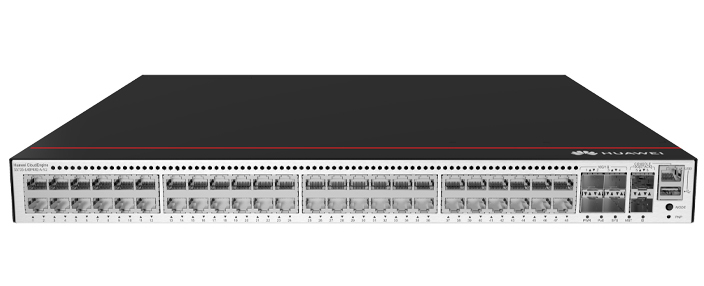
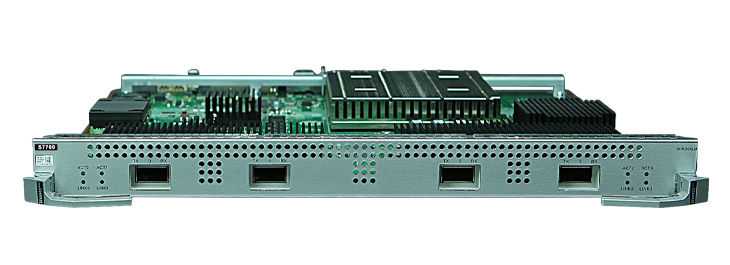

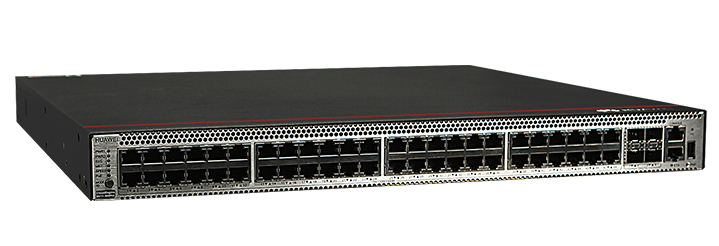
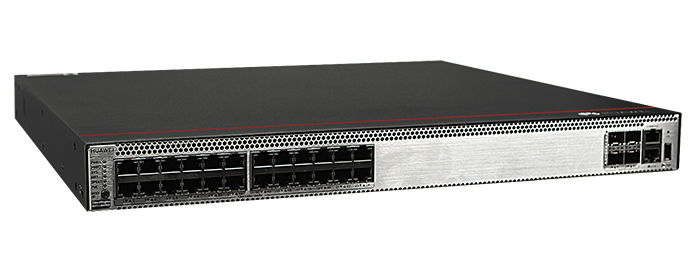

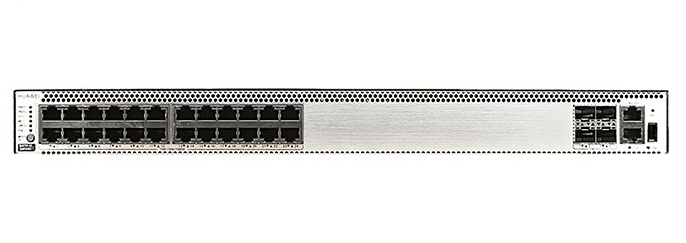
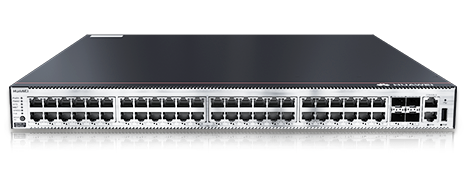

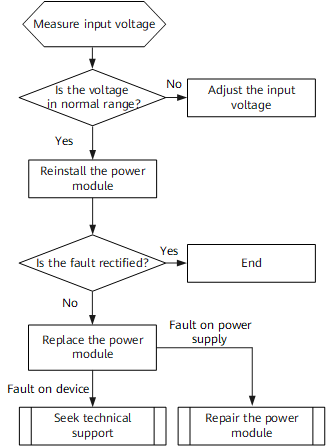


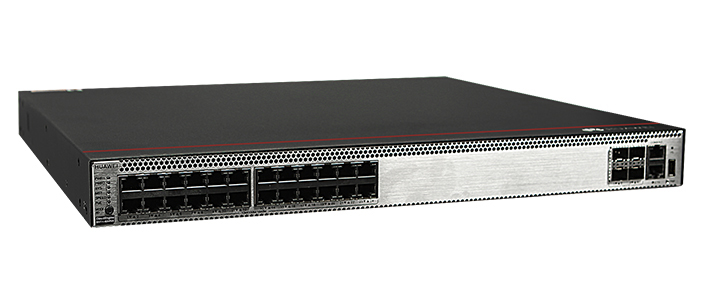
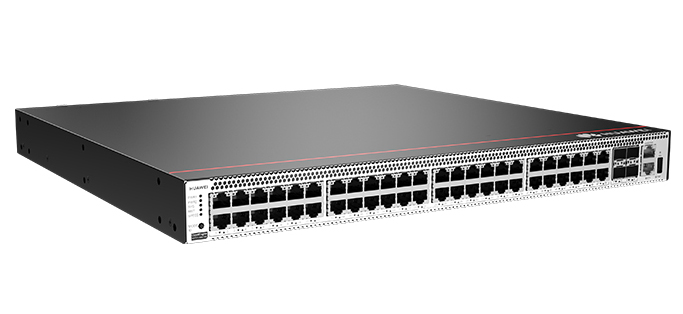
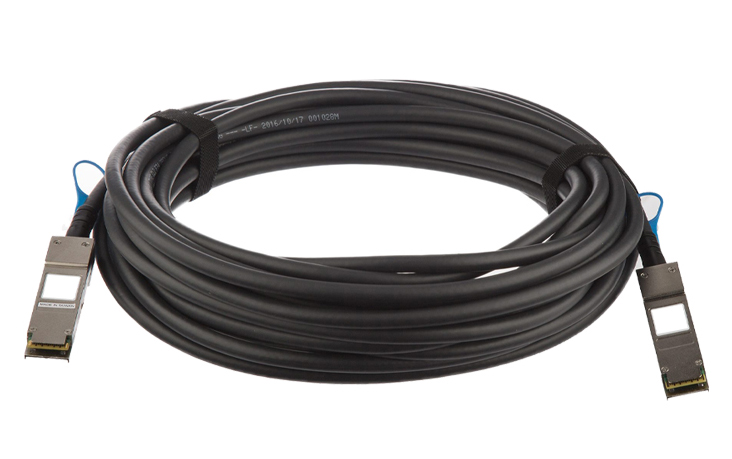
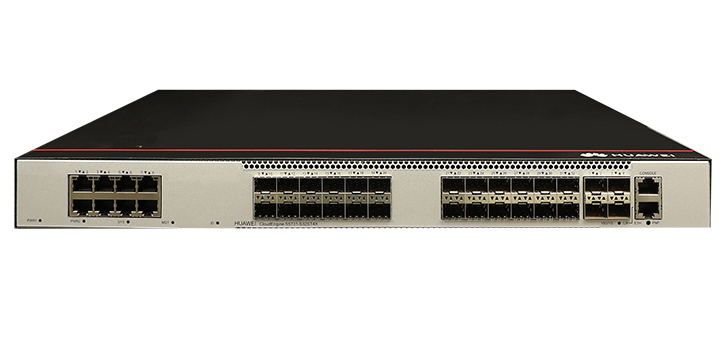
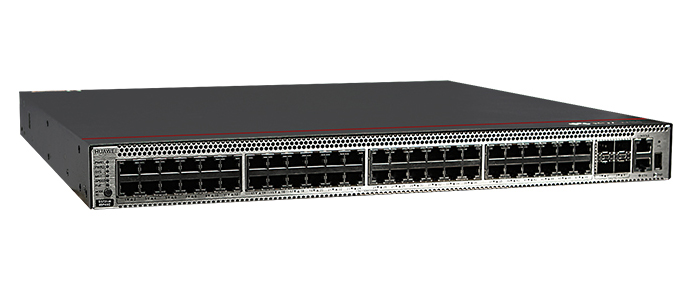
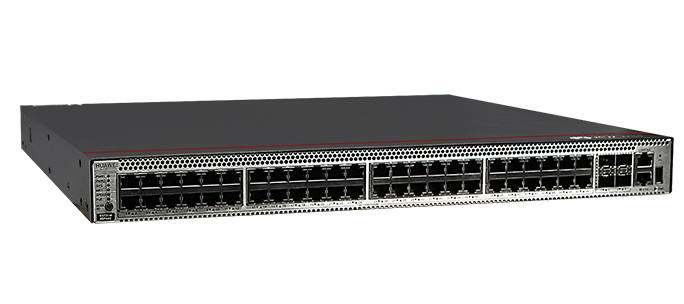


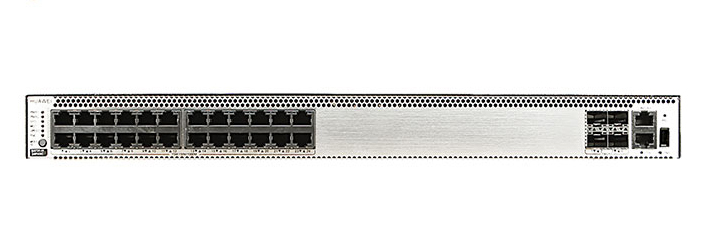
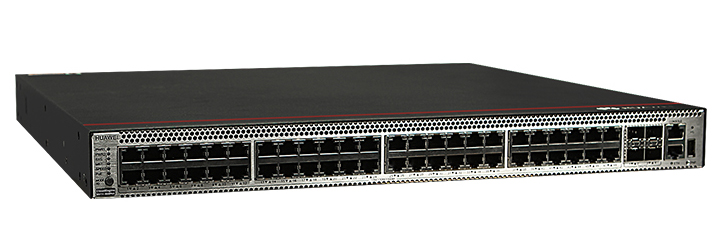

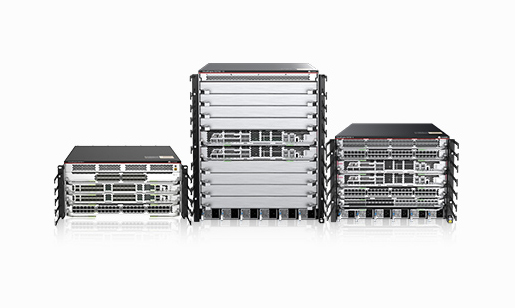
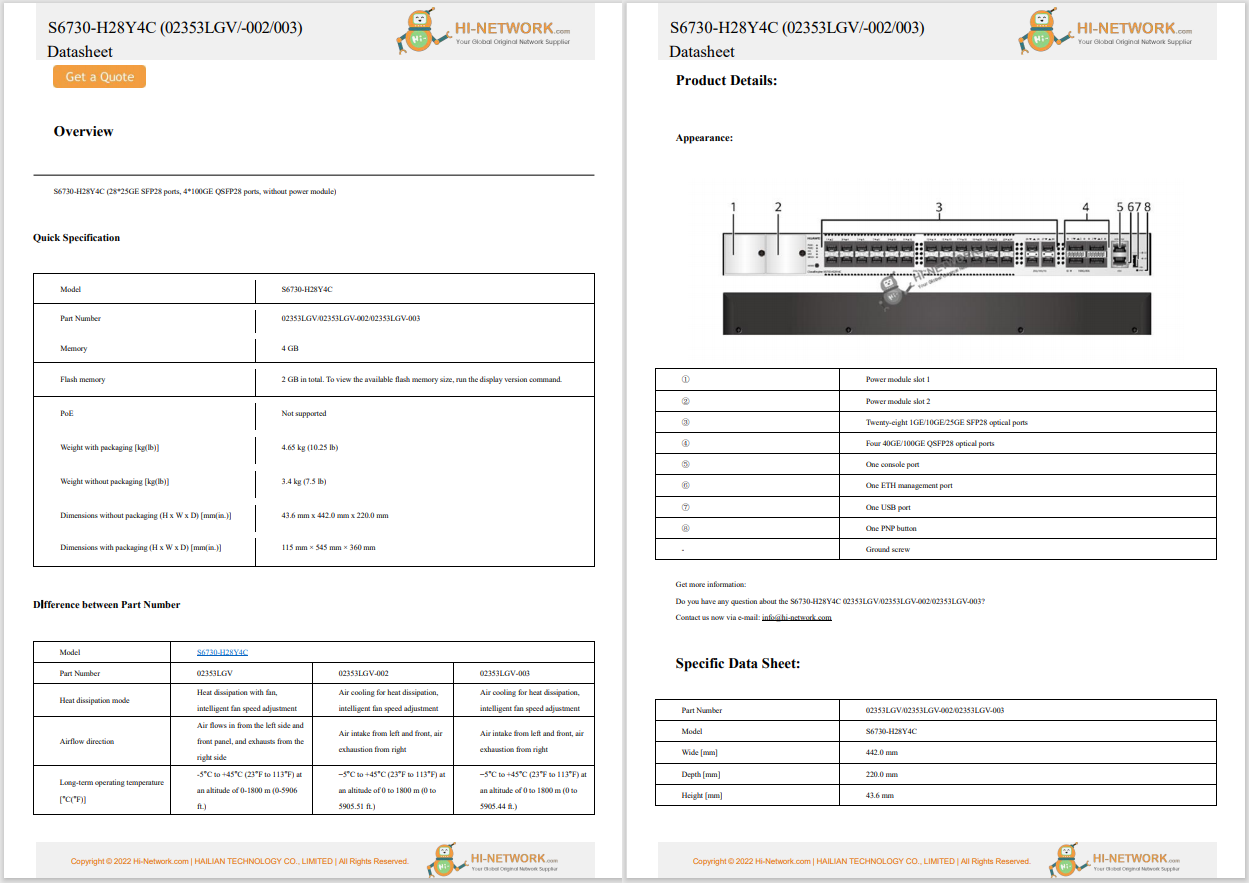


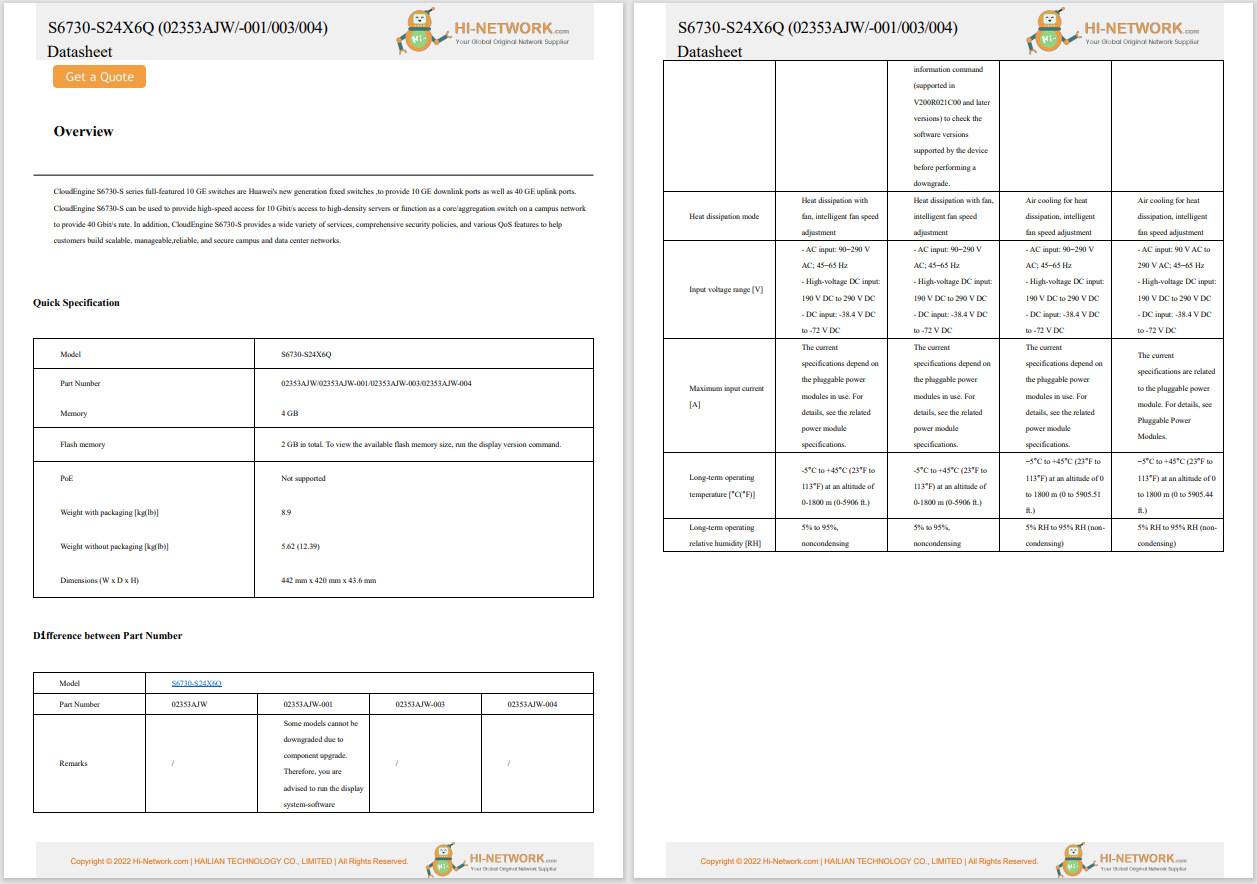

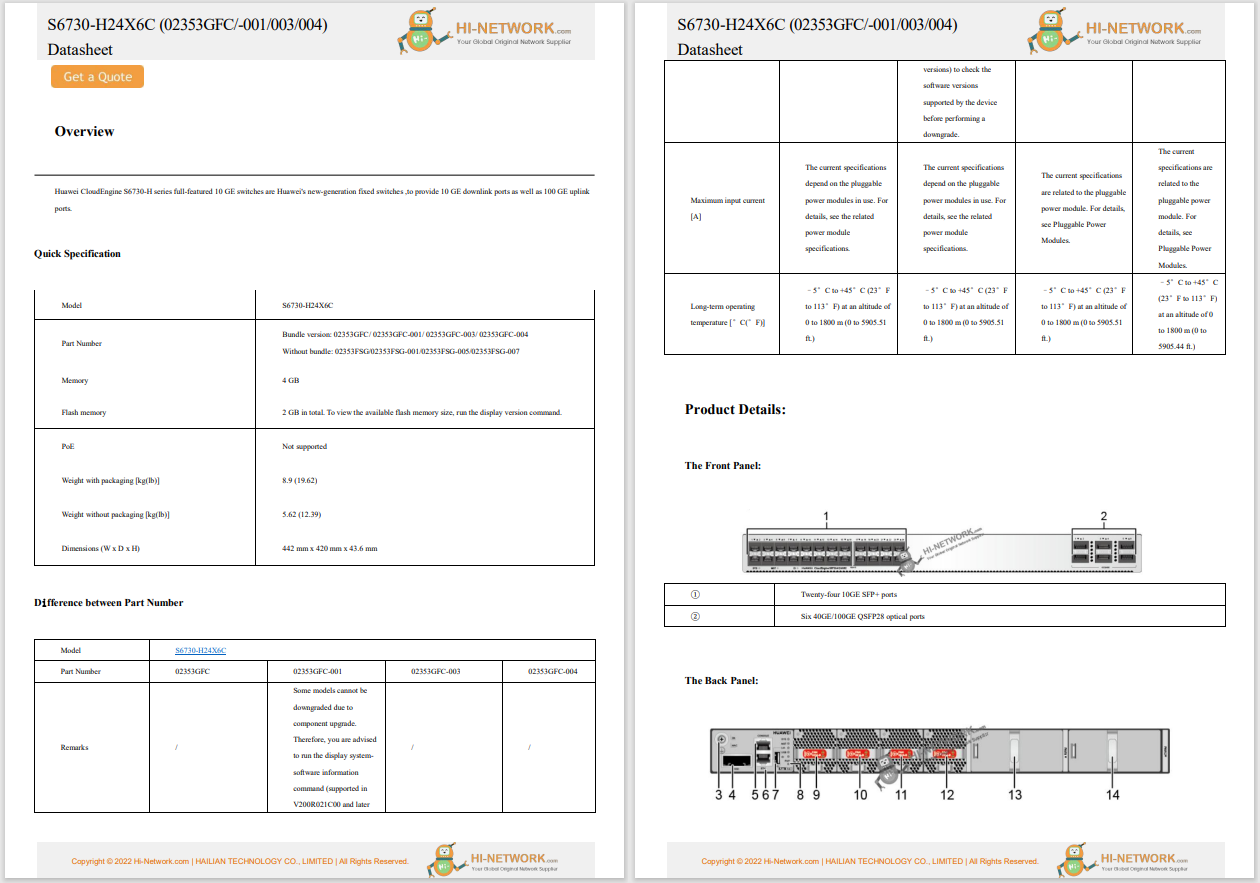

The latest series of trade tariffs announced by the current US administration on "Liberation Day" against trade partners has people worried that their money will be spread even more thinly.
Let's remind ourselves of the tariffs as outlined on the oversized poster board prop used during the event.
We'll ignore that somewhat nebulous middle column that seems to represent the US goods-only trade deficit with each country -- which is itself important because the US is a service economy and, as such, exports more intangibles such as software, services, and entertainment as opposed to physical goods -- and which is used as a proxy for alleged unfair practices.
First, China is at the top of the list, and it will be hit with a 34% "discounted reciprocal tariff."
Also: If you're planning to upgrade your electronics, you might want to buy them now - here's why
Take a look around you at the stuff you own, and you'll find that a lot of it is made there.
Go down the chart a bit, and there's Taiwan, hit with a 32% tariff.
This is noteworthy for two reasons. The first is that many goods you own that have "Made in China" printed on them contain electronic components that originate in Taiwan. The other reason this is interesting is that the Chinese Communist Party (CCP) sees the island of Taiwan as a breakaway province that will eventually be under Beijing's control and does not recognize it as a separate country, so that name appearing on the list will not go down well with the CCP.
Two other countries of interest for this discussion are India and Vietnam, hit with 26% and 46% tariffs, respectively.
Apple supply chain analyst Ming-Chi Kuo of financial services group TF International Securities took to social media to try to untangle the situation.
As Kuo reminds us, about 85 to 90% of Apple's hardware assembly occurs in China, with the rest in India and Vietnam. If Apple swallows the tariff costs and keeps prices unchanged, its overall gross margin could significantly drop by an estimated 8.5 to 9%.
Also: If you need a new laptop, you might want to buy it now - here's why
Kuo is pretty adamant that China is unlikely to get any concessions from the Trump administration for tariff exemptions, but all is not lost. By the end of 2025, he estimates that at least 15% of global iPhone production will have shifted to India (up from 10 to 12% in 2024), and given that India and Vietnam are more likely to secure tariff waivers, the gross margin hit would be reduced to about 5.5 to 6%.
And if India and Vietnam secure tariff exceptions, that would undoubtedly speed up Apple's move from China. If Apple could shift 30% of the global supply manufacturing to these countries, the gross margin hit goes down to just 1 to 3%.
But Kuo thinks that there's more that Apple can do to mitigate the impact of the tariffs. The company could put more of a squeeze on supply chain manufacturers to cut costs, bump carrier subsidies, or cut trade-in discounts; all of which would help soften or completely offset price hikes.
Also: 3 Apple devices you definitely shouldn't buy this month (and 10 to get instead)
Kuo is confident that even if these tariffs force Apple's gross margin below 40%, the drop will be short-lived and that, in the long term, margins will stay above 40%.
Also, Kuo is quick to point out that high-end iPhones account for about 70% of new model sales, and that these high-end consumers are more tolerant of price increases.
All this glosses over a few things, such as how easy or hard it might be for countries to get tariff exceptions and whether Apple itself might be able to negotiate its own exceptions (after all, Apple is the largest taxpayer in the US and the world, and Apple CEO Tim Cook did personally hand over$1 million to the Trump-Vance inaugural fund).
Also: I replaced my iPhone 16 Pro with the 16e for two weeks - here's my buying advice update
Also, we have no idea what the global fallout from these tariffs is going to look like. Just at the time of writing, China hit the US with 34% retaliatory tariffs along with export controls on seven types of rare-earth, including samarium, gadolinium, and terbium (which are used for the manufacture of magnets and solid-state electronics, among other things), which will come into force on April 10. And this is likely just the beginning of the counterstrikes.
The more the world descends into a global trade war, the more likely it is that your next iPhone will cost you more. The real question is, how much more?
Also: iPhone inflation? Industry analyst predicts significant price bumps for iPhone 17 series
None of this takes into account the growing tensions between China and Taiwan and how any conflict would, quite literally, upend the global semiconductor market.
Get the morning's top stories in your inbox each day with ourTech Today newsletter.
 Tags chauds:
technologie
Tags chauds:
technologie